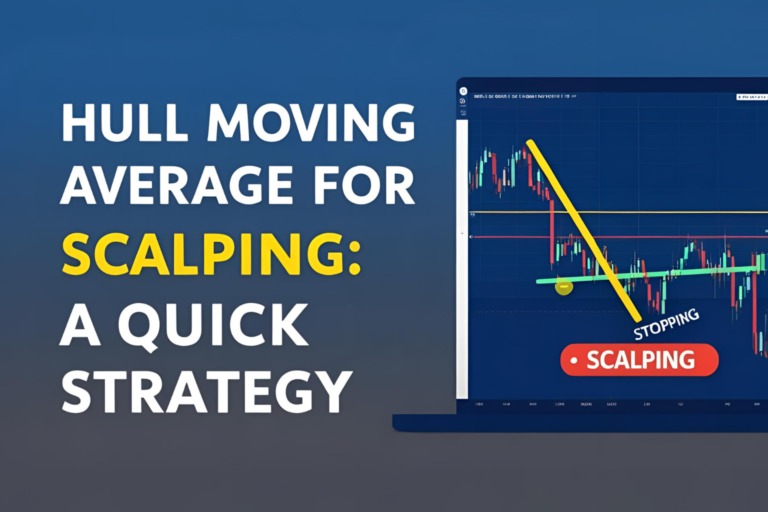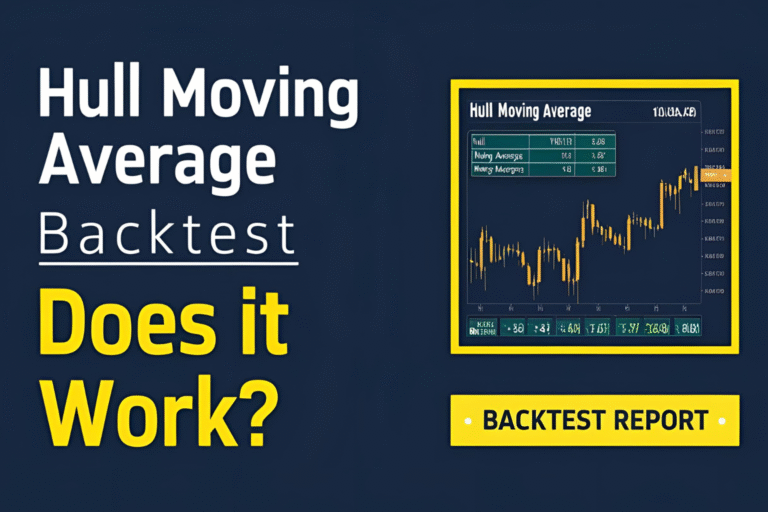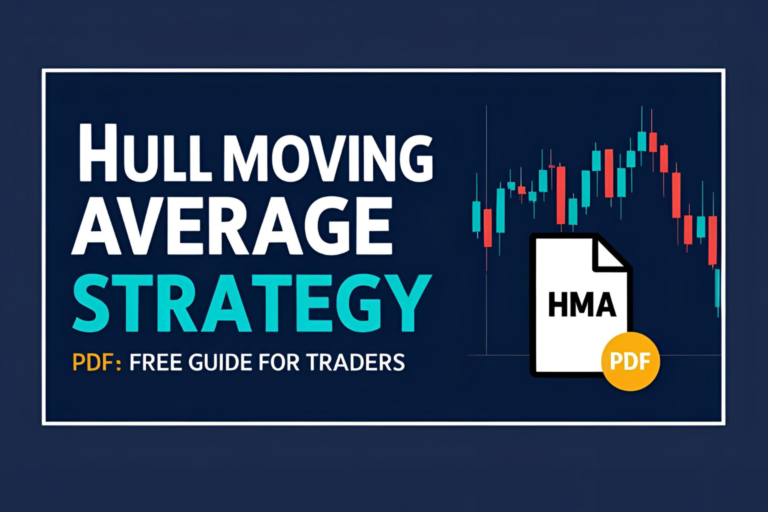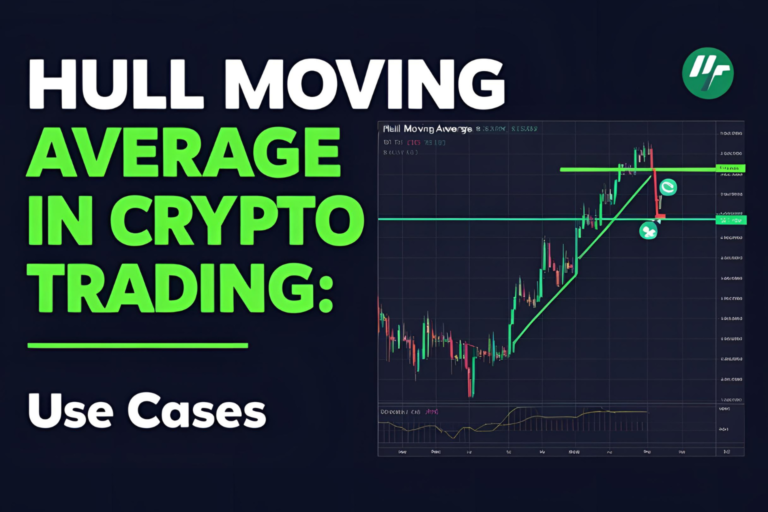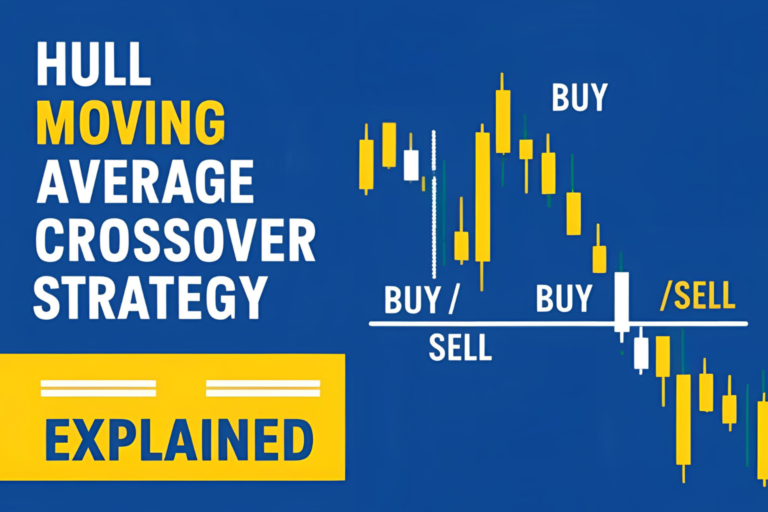Best Hull Moving Average Settings for Day Trading
The Hull Moving Average (HMA) is a powerful tool for traders looking to capitalize on short-term price movements. For day traders, using the right settings can mean the difference between a winning trade and a false signal. This guide will help you choose and apply the best Hull Moving Average settings for day trading.
Why Use Hull Moving Average settings for day trading?
Day traders require indicators that:
- React quickly to price changes
- Filter out market noise
- Help confirm entry and exit points
The HMA offers all three by combining smoothness with speed. Unlike slower moving averages, it provides a clearer picture of short-term trends.
Recommended HMA Periods for Day Trading
For intraday timeframes like 1-minute, 5-minute, or 15-minute charts, the following settings are commonly used:
| Timeframe | Suggested HMA Period | Use Case |
|---|---|---|
| 1-Min Chart | 9 | Scalping fast-moving stocks or forex |
| 5-Min Chart | 12 or 15 | Short-term intraday trades |
| 15-Min Chart | 21 | Larger trend tracking within the day |
These lower-period settings allow the HMA to respond rapidly to price movement while maintaining trend clarity.
How to Apply HMA Settings on a Day Trading Chart
- Choose your charting platform (e.g., TradingView, Thinkorswim, MetaTrader).
- Add the Hull Moving Average to your chart.
- Set the period to 9, 12, 15, or 21 depending on your trading timeframe.
- Observe how the HMA lines up with price action:
- Price above HMA = bullish bias
- Price below HMA = bearish bias
Popular Day Trading Strategy Using HMA
Hull Crossover + Price Action Strategy
- Use two HMAs: one short (9) and one slightly longer (21)
- When the shorter HMA crosses above the longer one and price confirms, consider a buy
- Exit when crossover reverses or price closes below the HMA
This setup works well in trending markets and helps you avoid whipsaws.
Tips for Success with HMA Day Trading
- Use HMA in combination with volume or RSI for better confirmation.
- Avoid trading HMA signals during low-volume or sideways sessions.
- Always backtest your chosen period on historical intraday data.
Conclusion
The Hull Moving Average can be a valuable asset in a day trader’s toolbox when applied with the right settings. Try using short HMA periods like 9 to 21 and combine with clear trade rules for accurate intraday decisions. As always, practice and backtest to build confidence.
FAQs
1. What’s the most popular HMA setting for day trading?
The 9 or 15 period HMA is commonly used for intraday strategies.
2. Can I use just one HMA or do I need two?
You can use one for trend bias, but using two helps confirm entry/exit points.
3. Should I use HMA on 1-minute charts?
Yes, for scalping. Use a very short period (like 9) for fast signals.
4. Can HMA be used on futures or crypto day trading?
Absolutely. HMA adapts well to all volatile instruments.
5. Is the HMA better than EMA for day trading?
HMA is often preferred for its speed and smoothness, reducing false entries in noisy markets.

